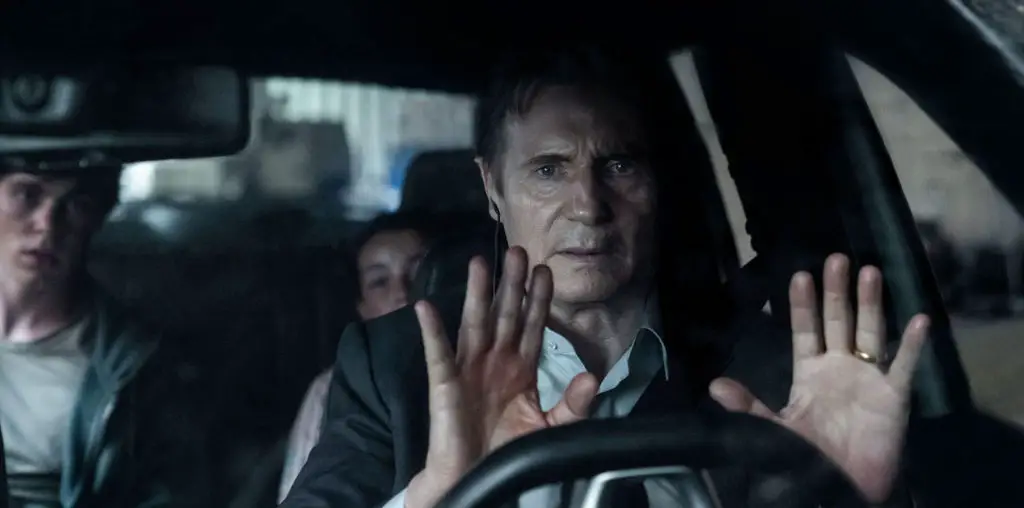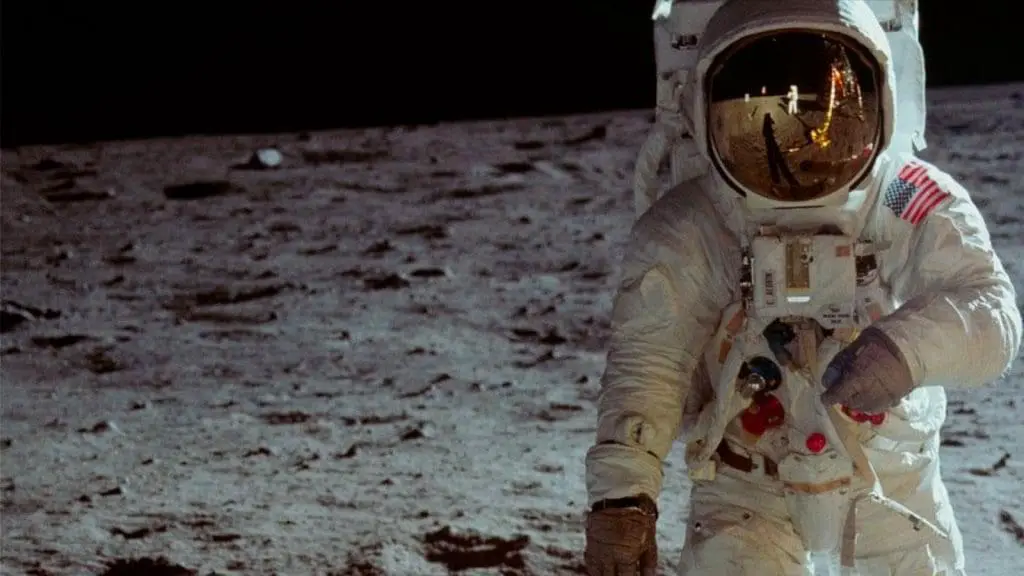
Portal to the Unknown
Is time the linear, clock-measured construct that most believe, or do past, present and future recurrently overlap in one dimension? Can events interrupt time’s rhythm, cause a glitch and be corrected? Is time travel really possible?
These inquiries baffling scientists, philosophers, artists and poets from time immemorial are precisely those tackled by auteur, Linda L Larson in A Cabin in Time.
However, if so many films and T.V. productions address such issues (Lost Horizon (1937), Portrait of Jenny (1948), Somewhere in Time (1980), Mulholland Drive (2001), Lost Highway (1997), Twilight Zone (1959-1964) and Ghost Whisperer (2005-), to name just a few in the U.S. alone), do we need yet another? Resoundingly, YES, since the eternal question of existence is not and may not ever be answered to our satisfaction.
Larson’s film begins somewhat like David Lynch’s “Lost Highway,” traveling by camera, down a highway and through a tunnel, though we never see vehicle or driver. The camera continues jerkily along, indicating time out of sync. Then we meet Samantha, Sam for short (played by Larson). Attired in flannel shirt and jeans, the middle-aged Sam looks like everywoman on holiday to a backwoods cabin. To further accentuate that the present could be any time, a female singer accompanies, circa 1960’s/’70’s-style with, “time will stay here with me.”
Just as Sam is about to enter her vacation home, an inheritance from an eccentric aunt, she receives a call on her cell phone. It is her college-friend Rachel, announcing she will momentarily arrive for a visit and to offer support upon the recent death of Sam’s husband, Charlie. On cue, like any horror story in the making, a strong wind erupts from nowhere and blue eyes are seen in distant mountains.
Inside the cabin, the tale unfolds “Exorcist”-style with slamming doors, moving furniture, apparitions traversing in and out of existence and the echoes of distant voices. Sam and occasionally Rachel, who takes on the role of God, witness a family tragedy within the parallel 1800’s rural west. Complete with the self-manipulated murder of a quadriplegic young man, the framed hanging of the wrong woman, societal judgment gone disturbingly awry, the past is continuously revisited until errors are corrected in the name of true love.
There are over-abundant special effects, occasional light glare from an un-hooded lens, random movement between color and black and white within a non-random philosophically argued film, an often too stationary tableau-style camera, and an overly long ending lacking credibility even for a speculative tale. Yet, what separates Larson’s film from others of its genre is that it is philosophically and intellectually provocative. Difficult concepts are illuminated very carefully, in-camera and through postproduction. Thus, when two dimensions collide, we hear distortion in all voices as if everyone, including the viewers, listens at a distance.
The character of Sam is, in essence, the narrator from whose viewpoint the tale unfolds. However, her persona is complicated. Who is she? Why is she in this portal between dimensions? Is Sam a credible witness of, rather, incredible events? Right before Prudence is manipulated into overdosing her boyfriend Thomas, Sam calls an unheard, “Don’t do it.” Later, she is able to communicate with Prudence and help her correct the past and future. Sam appears mentally balanced. We trust her fragile yet strong emotions when she informs Rachel that her two-year-old daughter Suzie dies from meningitis. In fact, we believe everything she says until the very last scene, when she receives a call from Suzie herself.
Why is she so ready to believe that Suzie has come to life? Yes, God moves in mysterious ways and can reward the favored few. However, one would think Sam would question this feat just a bit, especially when she asks if Suzie’s father is home and Suzie inquires if she recalls his recent funeral. Larson interestingly tackles Sam’s ambiguous persona by transporting her from her bed, the same one wherein Thomas later dies, to the hole in the ground that will later be his grave.
Additional links between characters that, in turn, illuminate transcendence are incidentally handled through the seemingly ordinary. For example, not realizing that her son Thomas is dead, Mary speaks extensively about the eggs she brings him. Later, the mother of mankind, Rachel/God, persistently speaks of a desire to have eggs with her toast.
Written and directed with obvious care, the film is also well acted, with outstanding portrayals by Nick Bennett as Thomas, Marcia Moran as Mary, and John Kerry as Angus.
In this era of too many poorly crafted, unintelligent, uninspiring films offering neither understanding of or escape from history or existence, “A Cabin in Time” is a surprising alternative. Here’s hoping we see much more from its filmmaker.

